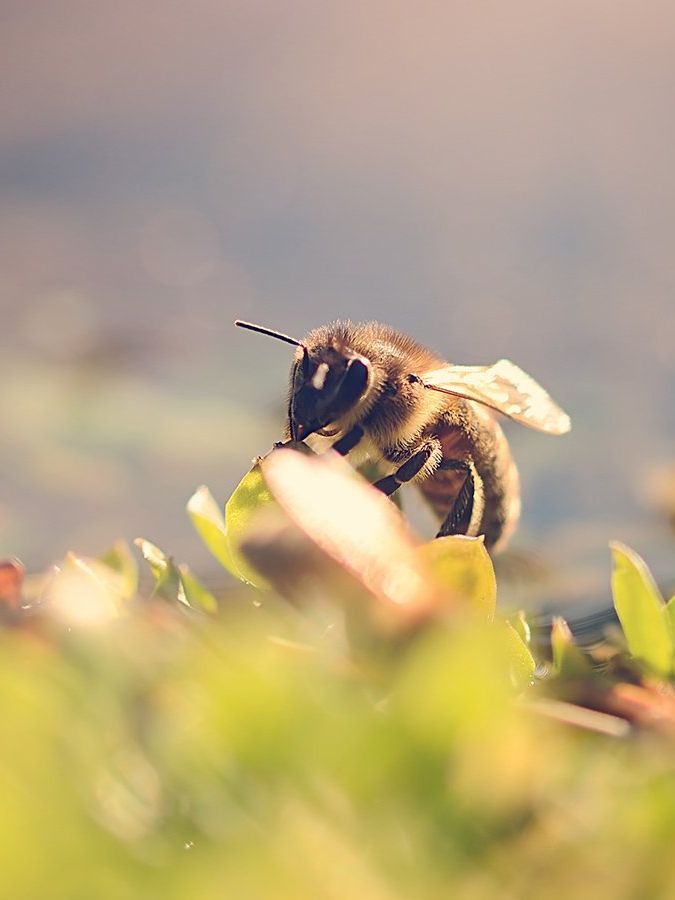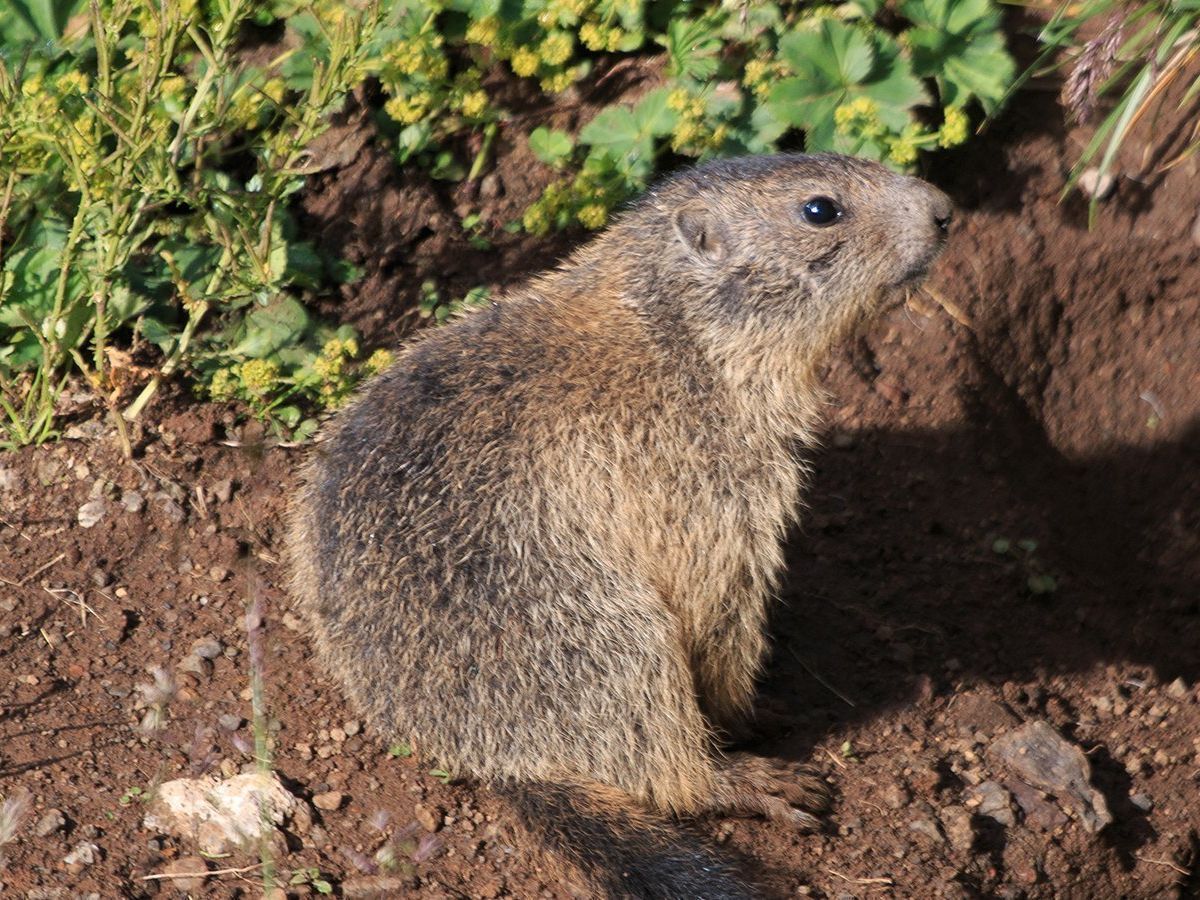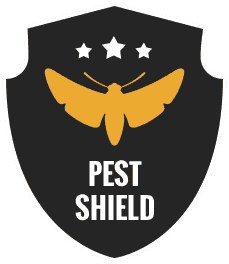Cockroach Infestations: Understanding the Risks and Challenges
Cockroach infestations are more than just a nuisance—they pose serious risks to both health and property. Here's a closer look at the common issues associated with cockroach infestations:
- Health Risks: Cockroaches are known carriers of bacteria, pathogens, and allergens that can trigger asthma and allergic reactions in humans. Their feces, saliva, and shed skin contain allergenic proteins that can contaminate surfaces and exacerbate respiratory issues.
- Property Damage: Cockroaches can cause damage to property by feeding on a variety of materials, including paper, fabrics, and organic matter. They may also leave behind foul-smelling feces and secretions that can stain surfaces and emit an unpleasant odor.
- Challenges of DIY Control: DIY methods for cockroach control often provide only temporary relief or fail to address the root cause of the infestation. Cockroaches are resilient pests that can quickly adapt to repellents and over-the-counter insecticides, making professional intervention necessary for effective eradication.
Addressing a cockroach infestation promptly and effectively is essential to mitigate these risks and ensure the safety and well-being of occupants. Professional pest control services offer the expertise, specialized treatments, and comprehensive solutions needed to eradicate cockroach infestations and restore peace of mind to homeowners and businesses alike.


Types of Cockroaches Found in Your Area
German Cockroach (Blattella germanica):
Characteristics: Light brown to tan color with two dark stripes on the pronotum, approximately 1/2 to 5/8 inch in length.
Behavior: Nocturnal and highly adaptable, often found in kitchens, bathrooms, and other areas with warmth and moisture.
Habitat: Prefers indoor environments, particularly near food sources and hiding spots such as cracks, crevices, and electrical appliances.
American Cockroach (Periplaneta americana):
Characteristics: Reddish-brown color, large size (1-2 inches), and distinctive yellowish figure-eight pattern on the pronotum.
Behavior: Omnivorous scavengers, primarily active at night and attracted to food waste, organic debris, and moist environments.
Habitat: Commonly found in basements, crawl spaces, sewers, and outdoor areas with high humidity, such as mulch beds and leaf litter.
Oriental Cockroach (Blatta orientalis):
Characteristics: Dark brown to black color, shiny appearance, and females are larger (1-1/4 inch) than males.
Behavior: More sluggish than other species, often found in damp, cool areas like basements, crawl spaces, and drains.
Habitat: Prefers dark, secluded locations with access to moisture, such as under sinks, in wall voids, and around leaking pipes.
Brown-banded Cockroach (Supella longipalpa):
Characteristics: Light brown to tan color with two distinctive light-colored bands across the wings and abdomen.
Behavior: Nocturnal and tends to infest upper areas of buildings, such as ceilings, walls, and furniture.
Habitat: Prefers warm, dry environments and is commonly found in bedrooms, closets, and electrical appliances like televisions and refrigerators.
Understanding the characteristics, behaviors, and habitats of these common cockroach species can help homeowners and pest control professionals identify the type of infestation present and implement targeted control measures effectively.
Effective Treatment Approaches for Cockroach Infestations
- Insecticide Applications: Professionals may use residual insecticides applied as sprays or dusts to target cockroaches directly or create barriers around entry points and harborage areas. Aerosol insecticides may be used for spot treatments in cracks, crevices, and voids where cockroaches hide.
- Baits: Cockroach baits are formulated as gel, granules, or stations containing attractants and slow-acting insecticides. Baits are strategically placed in areas where cockroaches forage and can be consumed and shared with other members of the colony, leading to widespread control.
- Traps: Sticky traps or glue boards can be used to monitor cockroach activity and capture individual roaches. Pheromone traps are also available to attract and trap cockroaches, aiding in monitoring and control efforts.
- Growth Regulators: Insect growth regulators (IGRs) are chemicals that disrupt the development of cockroach nymphs, preventing them from reaching reproductive maturity. IGRs can be incorporated into baits or applied as sprays to inhibit cockroach reproduction and population growth.
- Heat Treatments: Heat treatments involve raising the temperature of infested areas to lethal levels for cockroaches. Professional heat treatments use specialized equipment to heat entire rooms or structures, effectively killing cockroaches and their eggs.
- Vacuuming and Sanitation: Vacuuming can remove cockroaches, eggs, and debris from infested areas, reducing the population and improving the effectiveness of other treatments. Sanitation measures, such as eliminating food and water sources, sealing cracks and crevices, and reducing clutter, can help deprive cockroaches of resources and harborage sites.
- Integrated Pest Management (IPM): IPM combines multiple treatment approaches, including monitoring, sanitation, and targeted pesticide applications, to achieve long-term cockroach control. IPM emphasizes prevention, cultural practices, and non-chemical control methods alongside judicious use of pesticides to minimize environmental impact.
By employing a combination of these treatment approaches, tailored to the specific species and infestation level, pest control professionals can effectively eradicate cockroach infestations and prevent their recurrence in homes and businesses. Regular monitoring and follow-up inspections are essential to ensure long-term success in cockroach management.


Prevention Strategies to Avoid Cockroach Infestations
- Sanitation Practices: Keep your home clean and free of food debris by wiping down counters, tables, and appliances regularly. Sweep or vacuum floors and baseboards frequently to remove crumbs and spills that may attract cockroaches. Store food in sealed containers and promptly clean up pet food and water bowls after use.
- Sealing Entry Points: Inspect your home for cracks, gaps, and openings around windows, doors, pipes, and utility lines. Seal any entry points with caulk or weather stripping to prevent cockroaches from gaining access to your home. Pay special attention to areas where utilities enter the home and gaps around plumbing fixtures.
- Eliminating Food and Water Sources: Fix any leaks or drips from faucets, pipes, or appliances to eliminate water sources that cockroaches need to survive. Empty and clean pet water bowls daily, and repair any leaks or spills promptly. Store garbage in sealed containers with tight-fitting lids and empty them regularly to avoid attracting cockroaches.
- Decluttering and Removing Hiding Spots: Reduce clutter in your home to eliminate hiding spots for cockroaches and make it easier to detect and treat infestations. Keep storage areas, closets, and cabinets organized and free of unnecessary items. Remove piles of paper, cardboard, and other debris that cockroaches may use as harborage sites.
- Regular Inspections and Monitoring: Conduct regular inspections of your home, paying attention to areas where cockroaches are likely to hide, such as kitchens, bathrooms, and utility rooms. Use sticky traps or pheromone traps to monitor for cockroach activity and detect infestations early.
- Professional Pest Control Services: Consider hiring a professional pest control company to conduct routine inspections and implement preventive measures to keep cockroaches at bay. Pest control professionals can provide targeted treatments and ongoing monitoring to ensure long-term cockroach control.
By implementing these prevention strategies and making your home less hospitable to cockroaches, you can reduce the likelihood of infestations and maintain a pest-free environment for you and your family. Consistent effort and vigilance are key to effective cockroach prevention.

